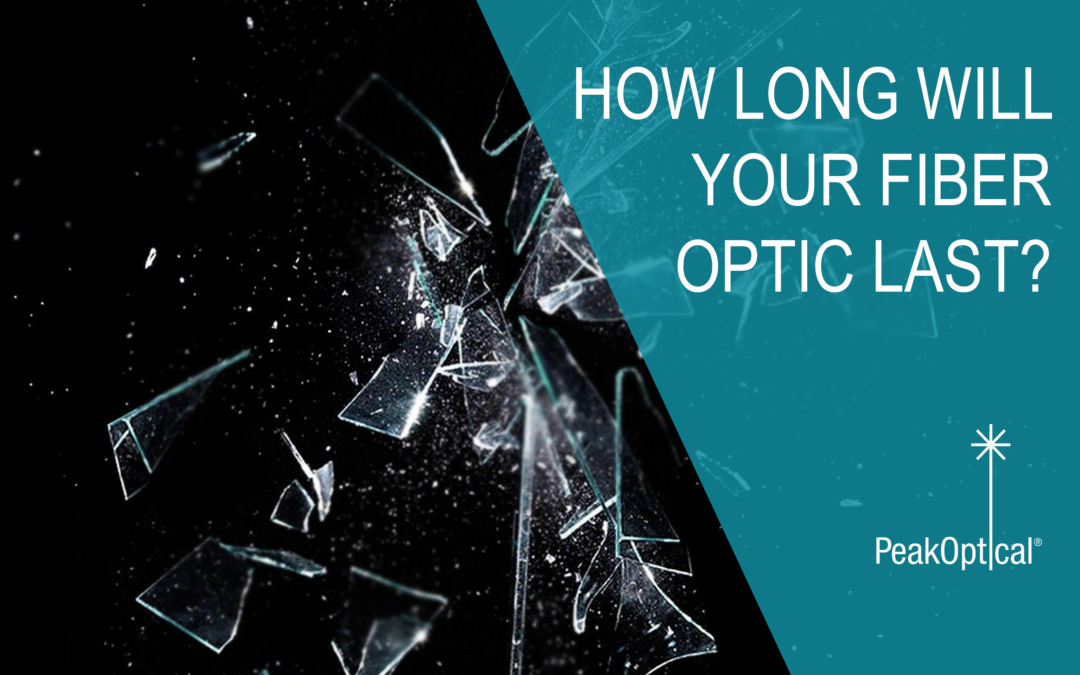When calculating the ROI, anticipating how long will your fiber optic network last is important. Because of its glass components, fiber optic is inherently more fragile than copper. The fused silica’s tensile strength is usually less than half that of copper. Even so, when manufactured correctly, fiber glass stands the test of time.
How is fiber glass made?
The common glasses are made by melting silica (which is basically sand), pouring everything in a mould and cooling it very fast, to avoid crystallization. The glass obtained through this process is not pure and therefore its strength and ability to transmit light is limited.
The process of making fiber optic is completely different. The pure silica rod and the rest of the materials must be stored at high temperatures; ultra-pure glasses are used to create a preform. Once the preform is solidified, it is placed in a drawing tower where the fiber is pulled into long strands.
This whole complex process makes the fibreglass transparent and strong. The theoretical maximum strength of fiber optic is around 2 million pounds per square inch.
What are the factors that affect the longevity of your fiber network?
- The environmental factors can take a toll on fiber optic cables. High temperatures water damage can precipitate crack growth. Reviewing the stress corrosion susceptibility parameter, also referred to as “n” will help you keep the situation under control. A high n value (around 20) suggests a durable fiber and coating.
- The installation process can pose major stress on fiber optic cabling if not completed correctly. The installer has to make sure that the stress applied to the cable is less than 1% proof test level. The most commonly used techniques of installation are pushing, pulling and blowing. From these, only pulling creates more tensile stress.
- Most commercially produced fiber optic components have small micro-cracks or surface flaws that might affect their longevity under certain conditions. ‘The critical factor here is the stress intensity factor “K”, related to the applied stress and square root of the crack depth. It means that “real” fibers – those with small flaws – suffer at first a slow growth in those flaws followed by rapid growth to failure.’ (PPC)
How to calculate how long will your fiber optic network last?
In order to assess for how long will the fiber optic function at the expected rates, certain attributes need to be taken into account:
- Initial strength
- Rate of degradation
- Its optical lifetime – as the silica must still be able to function satisfactorily
- Any flaws that can decrease its functionality
- Reagents that can decrease its functionality
While keeping in mind the risk factors mentioned above, the lifetime of a fiber network can be calculated by taking into account two factors:
- The way flaws are distributed
- The results of strenght testing
Several fiber lifetime modes have been crearted and can be seen here. These models help in identifying the probability of failure for fiber km over a specific lifetime. For correctly installed tier 1 fiber, the failure probability over such a timeframe is of the order of 1 in 100,000.
(PPC)


